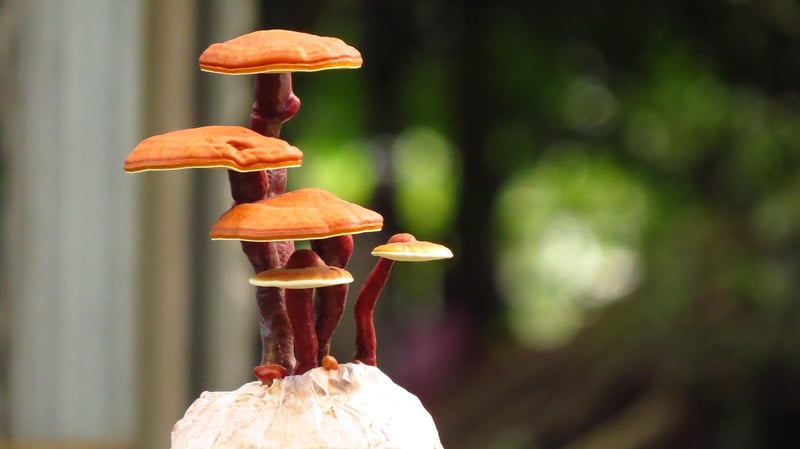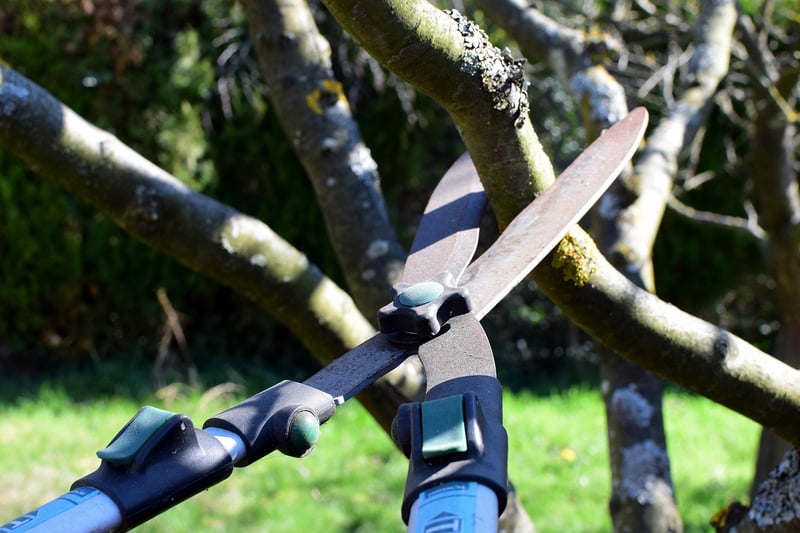Pruning Basics
Essential Plant Maintenance + Pruning Basics
The Importance of Plant Maintenance
Proper plant maintenance is crucial for the health and vitality of your garden. Regular maintenance tasks such as pruning, watering, and fertilizing can help your plants thrive and flourish. One essential aspect of plant maintenance is pruning, which involves removing dead or overgrown branches to promote new growth and improve the overall appearance of the plant.
Pruning Basics
Pruning is a skill that every gardener should master to ensure healthy and well-maintained plants. Here are some basic tips for pruning your plants effectively:
1. Use the Right Tools
Invest in good quality pruning shears, loppers, and saws to ensure clean cuts that promote healing and prevent damage to the plant.
2. Know When to Prune
Prune your plants during the dormant season for most species. However, certain plants may require pruning after flowering to encourage new growth.
3. Identify Dead or Diseased Branches
Remove any dead, damaged, or diseased branches to prevent the spread of infection and improve the plant's overall health.
4. Follow Proper Pruning Techniques
Make clean cuts at a slight angle just above a bud or lateral branch. Avoid leaving stubs that can attract pests and diseases.
5. Monitor Growth Patterns
Regularly monitor your plants for overgrowth or crossing branches that may hinder airflow and sunlight penetration. Prune to maintain the plant's shape and structure.
Conclusion
By following these essential plant maintenance and pruning basics, you can keep your garden looking healthy and vibrant throughout the year. Remember to assess each plant's specific needs and adjust your pruning schedule accordingly for optimal results.

For more detailed information on plant maintenance and pruning techniques, consult reputable gardening resources or seek advice from local horticulturists.
Keep your plants happy and healthy with regular maintenance and proper pruning!
